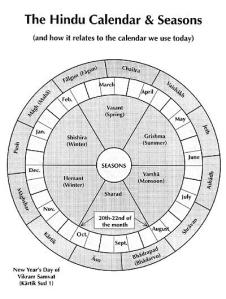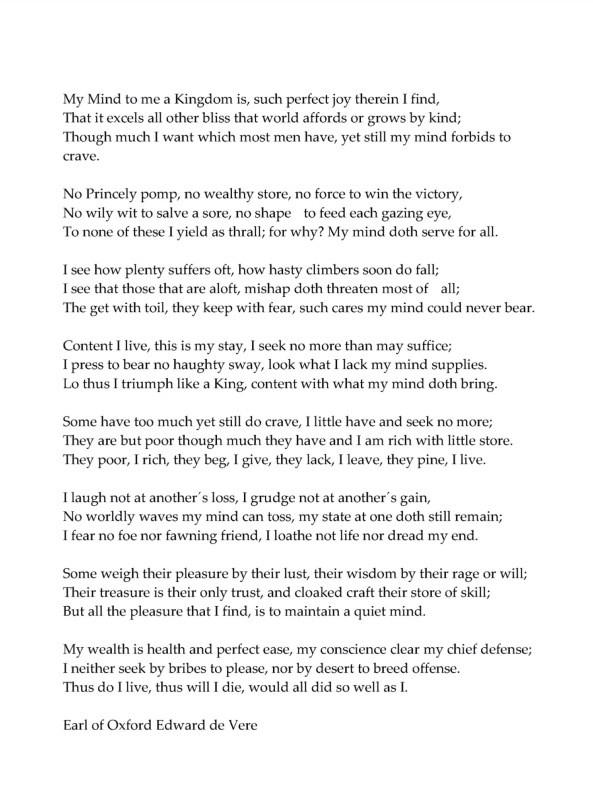
The Hindu calendar which comes from the Vedas of 1200 BCE has six seasons called ritu. The seasons and their dates are listed here.
Vasant Spring 2/18 – 4/19
Grishma Summer 4/19 – 6/21
Varsha Monsoon 6/21 – 8/22
Sharad Autumn 8/22 – 10/23
Hemant Prewinter 10/23 – 12/21
Shishir Winter 12/21 – 2/18
 The Jomon calendar of the Kanayama Megaliths has these six seasons.
The Jomon calendar of the Kanayama Megaliths has these six seasons.
Spring 2/19 – 4/22
Early Summer 4/22 – 6/21
Late Summer 6/21 – 8/20
Autumn 8/20 – 10/23
Early Winter 10/23 – 12/22
Late Winter 12/22 – 2/19
The dates 2/19, 4/22, 8/20, and 10/23 are astronomical cross-quarter days. Compare the corresponding dates of the two calendars and we find that they differ only by 0, 1, 2, or 3 days. The summer solstice date is exactly right for India and for Japan. The winter solstice dates are 12/21 for India and 12/22 for Japan, so they do agree. The spring and autumn equinoxes are the middle date of both the Vedic and the Jomon calendars.
How the Jomon determined the seasonal dates. You may be wondering what is the rule for the dates of 2/19, 4/22, 8/20, and 10/23 in the Jomon calendar. These are the dates when the sun’s altitude at noon is half-way between those of the winter solstice and the equinoxes for dates 10/23 and 2/19; half-way between those of the summer solstice and the equinoxes for dates 4/22 and 8/20. These dates are called yontobun in Japanese. It means dividing the zone of the sky between the highest and lowest altitudes into four parts.
How did the Vedic calendar determine the seasonal dates? Of the Hindu calendar it can be said: Seasons follow the sun; months follow the moon; days follow both sun and moon. The seasonal dates of the Vedas roughly correspond to seasonal weather patterns, as can be seen from Monsoon as the late summer season. But why these exact dates? The calendar of the solar year is important for scheduling religious festivals. The ancient people of India were excellent astronomers who carefully studied the skies. They were familiar with the planets and the stars. So they must have had a good reason for selecting these particular dates. What was their reason?
Discussion. From Internet articles about the Hindu religious calendar, we learned that government astronomers studied the position of the sun as it rose against the distant stars in order to determine the seasonal dates. This is not unlike the Jomon astronomers who used the position of the sun in the daytime sky to determine their seasonal dates. Once the Jomon people had set up the working megalithic observatory at Kanayama, they could simply watch the sunlight patterns to calibrate their calendar. They constantly monitored and updated their solar calendar so that it remained accurate to within one day.
While the dates of the six seasons of the Vedic and Jomon calendars agree closely, it is only a matter of time before the Vedic dates will drift slowly away, the effect of earth’s axial precession relative to the distant stars. The Jomon calendar may still be keeping good time, since it is watching the sun relative to Earth.
***
Advertisements Share this:





